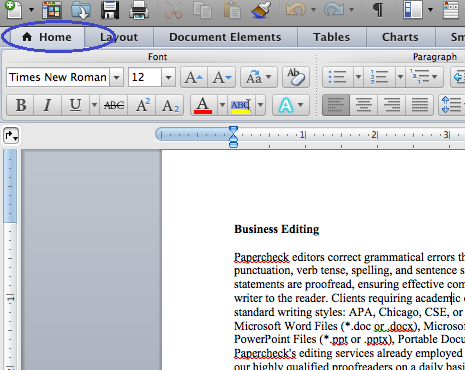Turn Off Track Changes In Microsoft Word 2008 For Mac
As expected, Microsoft has enhanced this feature in You can see few changes and improved features in the latest version. We have already mentioned a guide about If you need to change the system time format which reflects in Word editing, How to Enable Track Change in Word 2016/203 1) When some content there to edit in Word 2016, click on ‘Review’ and ‘ Track Changes’ as shown below. Click ‘Track Changes’ in the menu to enable this feature. Once it is enabled, the changes made by a single or multiple users will be recorded.
2) Though track changes in Word 2016 is enabled, still you can’t see the changes done by another user until you enable the ‘Reviewing Pane’. After enabling it, you can see what other authors are doing or changed on the particular document. 3) More options. You can find more markup options to see the original or with changes in the document. Clicking on the ‘All Markup’ drop down button will give the option. By default ‘All Markup’would be selected and you can see the all changes in the word document. Remember- the changes are still not saved to the original document.
A red line through a word to show it was deleted, the word in blue to show it was added, it was all easy and made sense. This is a Microsoft product, however, so it should be no surprise that there’s a way to tweak and customize it to what you prefer rather than just being stuck with the newest, fancy way to show revisions and tweaks to your document. To start out, here’s what the newer, modern revision tracking looks like in Microsoft Word for Mac: Yeah, I’m not a big fan of this either. On the Review tab, under Tracking, click the Track Changes switch to turn on track changes. Tips: Each reviewer's changes are displayed in a different color.
Microsoft Word 2000 Download Free
The owner of the document can accept or reject the changes. 4) You can accept the changes one by one or all at same time in the document. Also, you can block authors to edit the document. Another great feature is, ‘Compare’.
You can compare the original document against modified document by various authors in one view for better understanding before accepting the changes. Clicking on ‘Compare’button will bring the options to compare. Read Also- 5) Comments in track changes will be useful when more than one user edits the document. It allows to leave comments for each changes or paragraph and show them in review panel. Justifications and recommendations for editing particular content can be shared online through this comments field. To disable the track changes, simply disable this option in ‘Review’ tab of Word 2016. I hope this guide would be helpful to understand the basics of track changes in Microsoft Word 2016 (and 2013 which is similar) and use it effectively.

I used Google for tracking changes in MS Word 2013. The changes are simply pathetic as MS Word previously enabled companies to use the margin change bar but also show regulatory bodies and staff what had changed (but actually hiding the deleted/reformatting text etc. This functionality has now been lost. The best change would have been to lock the changes to the sender document but allow the receiver/reviewer to switch on the capability to also see what has actually been added or deleted.
However the final issued document should be able to be locked. The Microsoft programmers have once again made some incorrect assumptions regarding document governance.
Now, there’s nothing wrong with Calibri; it’s a very nice font indeed. But it may not be for everyone. If you prefer to use a different default font for your documents, you can configure Word to change the default font to any other installed font that you choose. Here’s how to do it! Change the Default Font in Word for Mac To get started with changing the default font in Microsoft Word for Mac, first launch the app and then select Format > Font from the menu bar at the top of the screen.
Alternatively, you can use the keyboard shortcut Command-D. A new “Font” window will appear. Make sure you’re on the Font tab and locate the Font drop-down menu near the top-left section of the window. If you’ve never changed the font in the past, you’ll see that Calibri is selected as the default font. To change it, just click on the drop-down entry to open the menu and choose a new default font, such as Times New Roman or, if you want to troll your colleagues,.
In addition to changing the default font itself, you can also configure the default font style and size. For example, in the screenshot below, I’ve chosen Times New Roman, in bold, colored dark red, at a size of 14 points. Changing these options only changes them in your current document. To save this as your new default font click the Default button in the lower-left corner of the window. Word will ask you to confirm whether you want to affect just your current document or all documents you create. If you’d like the settings you applied in the last step to be your default, make sure the radio button next to All documents based on the Normal template is on, then click OK. Now, all new documents you create will start with the font choices you made previously. Does mac and iphone need to be checked for text message forwarding.